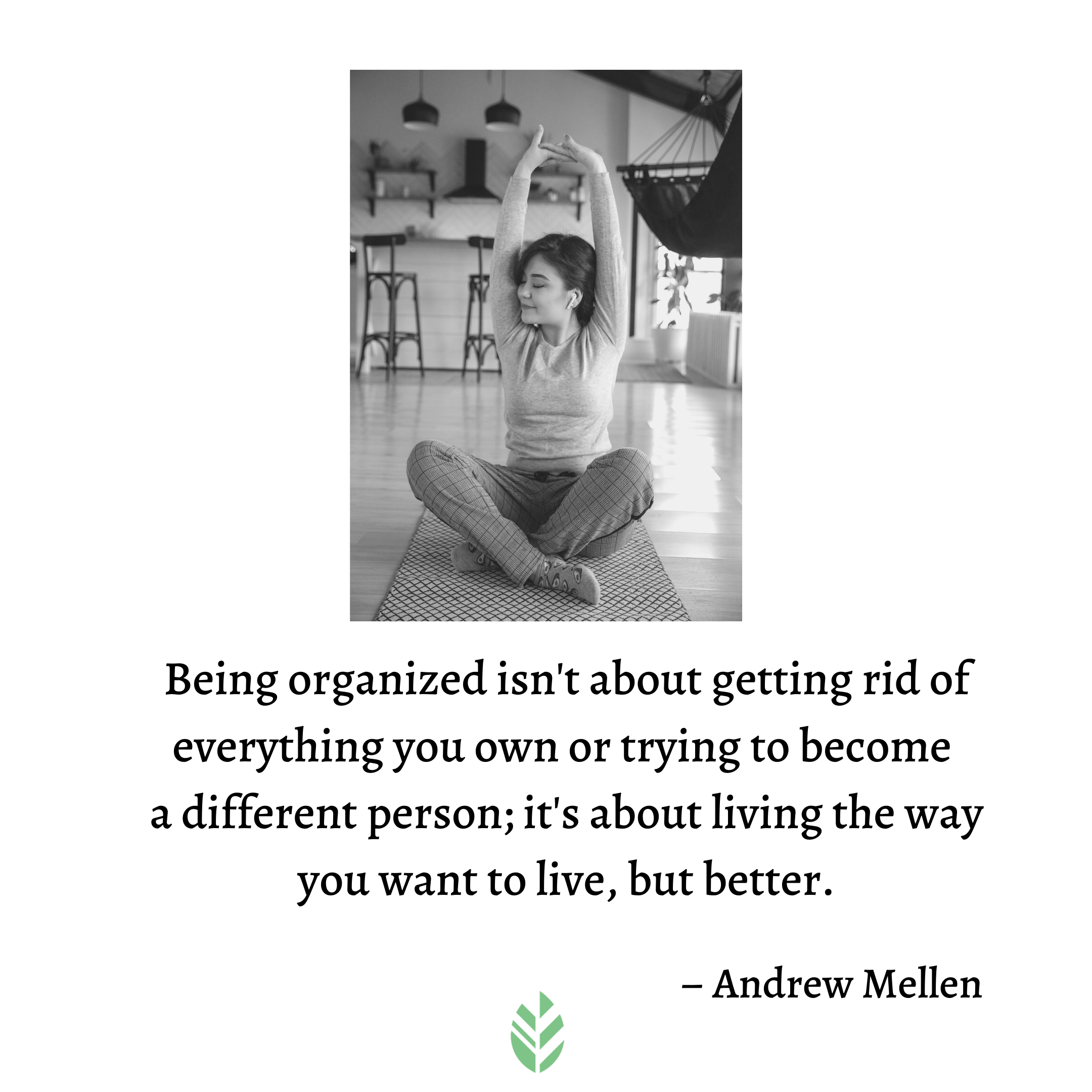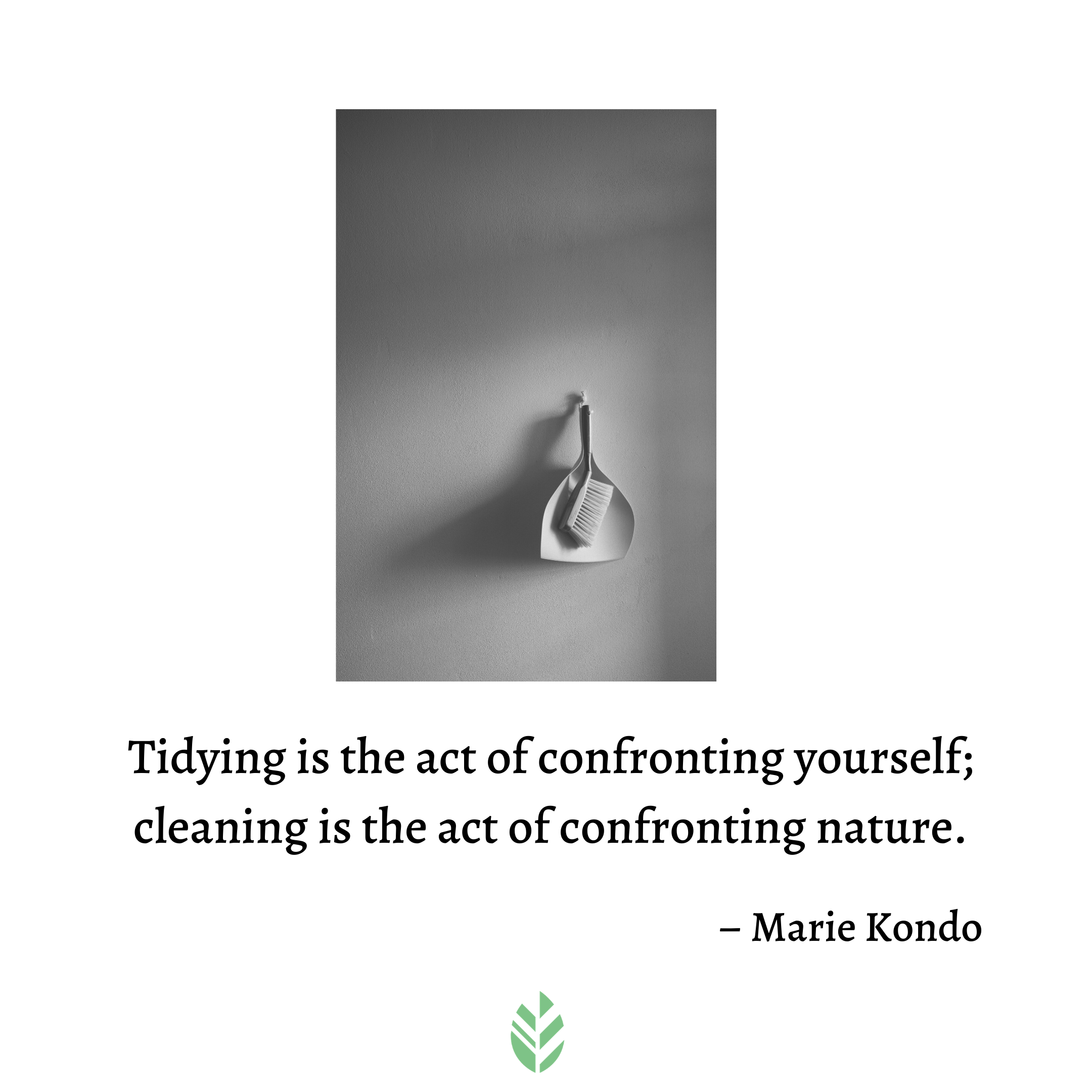This August I visited my mom in Hawaii, where she lives (and where I spent my high school years). Of course we did the typical things we always do: go to the beach, walk the dog, and eat a lot of yummy "local grinds" (food, that is).
And then there was a non-typical, somewhat daunting vacation task: clearing out Mom's storage space.
Mom had been renting a 10 foot by 8 foot unit at a local self storage facility. She explained, "When your Dad's health began to decline, all this stuff was in the way. I just needed to get it all out of the house."
Dad had been gone seven years now, and Mom really wanted to clear the space out and be able to save the $244 monthly rental fee. But as a busy community organizer and activist, she hadn't been able to find the time. Every so often she would go to the space and tackle a few items, but most of the stuff remained. And she wasn't sure exactly what was in every one of those boxes and containers. After all, it had been a while.
We definitely needed to get the space cleared in one fell swoop, because I was only going to be there for a week. So we went over there and took stock of things.
The space contained three shelving units, each about 8 feet high. Each shelf was stacked with either plastic bins or cardboard boxes. As we began to pull boxes and bins down and investigate their contents, we found there were several categories of stuff.
First, there were household items such as clothing, decorations, books, and random knicknacks. These were mostly Mom's things, and she and I were able to divide them fairly quickly into "keep", "sell", "donate", and "discard" piles.
There were several boxes of games and miniatures that belonged to my brothers. We marked these as "keep", making a mental note to ask later if they still wanted them. There were also boxes of my brothers' high school and college notes. Mom and I felt confident putting these in the "discard" pile.
Then there were picture frames. Lots and lots of picture frames. Some contained photos, but many were new and still in their packaging. An avid photographer, Dad had always enjoyed framing enlargements of his favorite photos. Mom and I appreciated this, of course, as one of the many ways Dad showed us how much he loved us. But we also had to chuckle at how Dad's framing ambitions had turned out to be much greater than the available wall display space in my parents' modestly sized home.
The new picture frames went into our "sell" pile. We decided to remove all the framed photos and put them aside for later inclusion in a photo album, which takes up a lot less space. The reclaimed frames would be sold or donated.
Finally, there was the largest category: paper. My Dad, a retired Foreign Service officer and former state representative, had always had a thing about paper. He saved all of it.
We quickly realized that most of the papers in the storage space dated from Dad's time at the Hawaii State Legislature. He served ten years and was a prolific writer. There were many papers relating to bills he had helped pass, including letters to various departments and officials. There were also op-eds he wrote for the newspaper.
You might not think of paper as the most sentimental of categories, but the papers in the storage space packed the biggest emotional whallop for Mom and me. It was the way Dad had stored them. There were hundreds of large manila envelopes, each meticulously packed with letters, articles, and often additional envelopes full of more papers and business cards. We also found tax returns dating from as early as 1977, also carefully packaged in manila envelopes.
In his own way, Dad had probably felt that he was being organized and taking care of things for us, with his elaborately nested envelope system. And here we were discarding most of it, save for the best pieces of writing and a few photos.


























